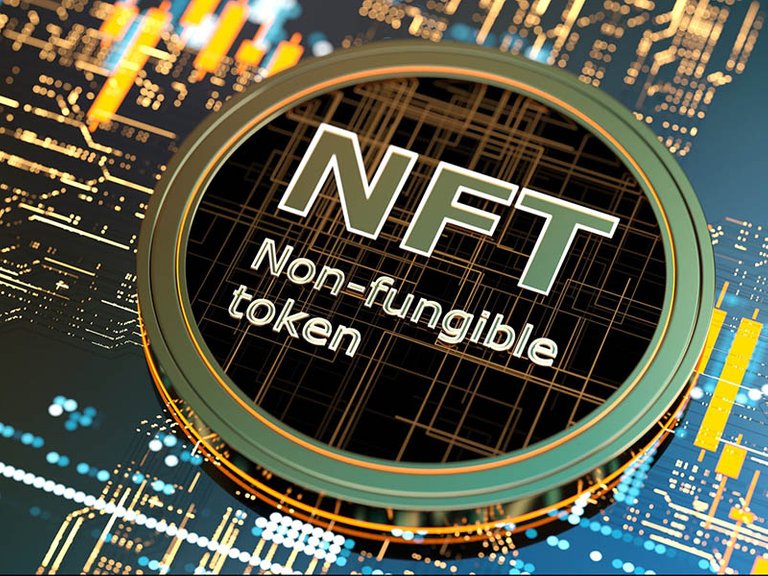NFTs or Nifties
In this article I review these areas in brief.
- History
- Definition
- Nonfungible versus Fungible
- Commonality versus Scarcity
- Traceability

Creator or Inventor of Nonfungible tokens.
- Dieter Shirley is credited with proposing them in September 2017.
- He made an Ethereum Request for Consideration or ERC number 721.
- ERC721 defines and provides standardized guidelines for ERC721 tokens, which has become adopted for all NFT token.
- The very first popularly know NFTs or Nifties were Cryptokitties , which were released in December 2017.
- They become very popular and they were the first project to test Ethereums ability to scale.
Fungible versus Nonfungible versus Fungible.
Fungibility is a property of sameness and equality. Two pennies, two dollars or two Bitcoin are both the same in appearance, they are equal in value, and they are interchangeable. Therefore they are said to possess the property of fungibility.
Nonfungible tokens are not the same and they are not of equal value. A finger, a nose, an antique car or rare stamp. These are not the same, they do not have the same value and they are not interchangeable.
Fungible token numbers versus Nonfungible token numbers
Fungible Tokens are common
- Fungible tokens like pennies, nickels and times are produced in virtually unlimited amounts.
- This means that all pennies, nickels or dimes minted this year are an unlimited number, we can always make more which are exactly the same in likeness and value.
- So they are all considered common, and we would never refer to them as rare or limited additions.
Nonfungible tokens are limited in number.
- Nonfungible tokens are produced in a fixed number, so there will only ever be 1, 10, 100, 1000 or some other fixed number.
- They normally will never be made again
- So they can be considered unique, rare or common.
Traceability
Nonfungible and fungible tokens are both the children of a blockchain.
- They are born in the blockchain
- They live on the blockchain
- The blockchain always knows where they are, so they are never truly lost, but they can become untransactible by humans or potentially the code.
- Thus you can determine when a token was created, by whom, how much it was sold for, who it belongs to now and potentially who gets paid every time it’s resold.
My next post .. NFT use in games, commerce and high finance.
- These characteristics above are perfect for creating in game rewards or characters which are unique, tradeable and traceable.
- Additionally these characteristics combined with the fast secure record keeping characteristic of the blockchain make it also ideal for commercial transactions where NFTs represent the entire value or the fractional value of assets.
- But that’s another post……….
The end……for now….@shortsegments
Happy Holidays!

Posted Using LeoFinance Beta
PIZZA Holders sent $PIZZA tips in this post's comments:
@nyxlabs(1/16) tipped @shortsegments (x1)
Join us in Discord!
Enjoyed reading that. You've summarized this tricky subject in an easy to follow way!
Kudos :)
!PIZZA
Hi @nyxlabs
Thank you for your comment and the compliment!
interesting to review my knowledge and can say i have learnt something today :)
Great post keep it up
Hi @dadspardan
Thank you for dropping by and for the positive comment!
It's crazy to think they wanted to make NFTs on ETH but I guess ETH wasn't nearly as high in price as it is now.
Posted Using LeoFinance Beta
Ha Ha Ha !
Hi @jfang003
Retrospectively it looks crazy due to the transaction costs, but there was a time when most innovation occurred mainly on Ethereum, because Bitcoiners and the Bitcoin Foundation loathe change.
It's almost like all change can compromise security and change makes it un-Bitcoin like, so all change is resisted.
Awesome! Great article!😎
Thanks for stopping by and commenting
Posted Using LeoFinance Beta